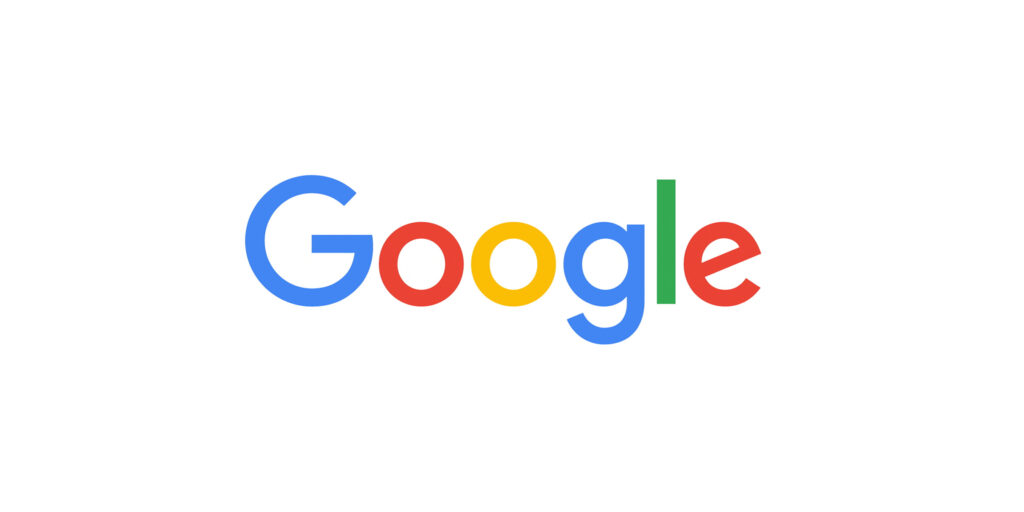For the Expert Voices interview, I reached out to an interaction designer working at Google because I have always been curious about what it is like to work as a UX professional at a global tech company like Google that makes products for a large and diverse group of users. As per the UX expert’s request, I have not included her name or photo in this blog post. Here’s how our conversation went:
What team do you work for, and what is your role within the team?
I work on the Google ads team as an interaction designer. I’m part of what you can describe as a hybrid design team, so sometimes I support many teams working on different projects (horizontal) and sometimes I’m part of a dedicated team (embedded) and help them with one project.
Can you please describe your typical day? Pre/post-pandemic?
My daily schedule varies with the tasks for each day, but mostly, it is composed of multiple meetings. After each meeting, I have heads-down time during which I work on whatever tasks were discussed in the meetings that day. During the pandemic, the number of meetings has increased, and so now I have a scheduled heads-down, no-meeting time in my calendar.
What tools do you work with for design, project management, and collaboration within and outside design teams daily?
For design, I mostly use Figma, which has become a standard at Google since last year. I also use Google Workspace to collaborate, share ideas, and document the thought process behind the design. The project management tools vary from team to team depending on the project manager.
How do you make decisions as a group?
Whenever we’re making decisions as a group, we intend to be as data-driven as possible. Obviously, the technicalities of it vary from group to group and from decision to decision, but we try to back our decisions with research and data from testing as much as possible.
How do you come up with ideas and test them, how do you iterate on products?
The ideas we come up with are also data-driven. I also look at other people’s work for inspiration and discuss things with other collaborators who can be other UX designers and researchers, the project managers, engineers, and the customer service folks. When it comes to iterating products, we look into qualitative as well as quantitative data.
What are some of the most satisfying elements of your work?
I really like the problem-solving aspect of it, getting to the heart of the problem and then coming up with solutions. Also, it’s nice to see the users use the product as it is meant to be used.
What are some of the challenges you face at work?
There are a lot of problems to solve and not enough organization around them. It can be hard to get everyone together and align them on the same page, and sometimes working at Google can feel like working at many different startups. Working as a sole UX person can also be challenging especially if you’re supporting many individuals working on different projects.
How do you measure success?
Of course, every team has its own success metrics which help us gauge our performance. On a personal level, success is when I feel like I’ve solved a problem, or at least I have understood it more than I did before.
What are your continuing education strategies/goals? How does your job support this?
I try to maintain my relationships with my mentors. They can be past Project Managers I’ve worked with or UX professionals who have been working in the industry for longer than I have. Google also has a formal mentor program where I can reach to people who are interested in mentoring, and I try to do quarterly check-ins with them. As far as keeping up to date with the industry, I play around with new tools, and I download the latest apps and explore them. To me, it’s all about investigating new things.
From your experience, what is a quality that is really valued in UX designers and researchers at Google?
Googlers put a lot of emphasis on being able to figure out things and succeed in ambiguity. Leadership is also a huge part of it. There is also a lot of focus on ‘doing the right thing’.
What advice can you give to a future UX design professional?
Understand your unique strengths and trust them. They are what set you apart from other professionals in the field.
